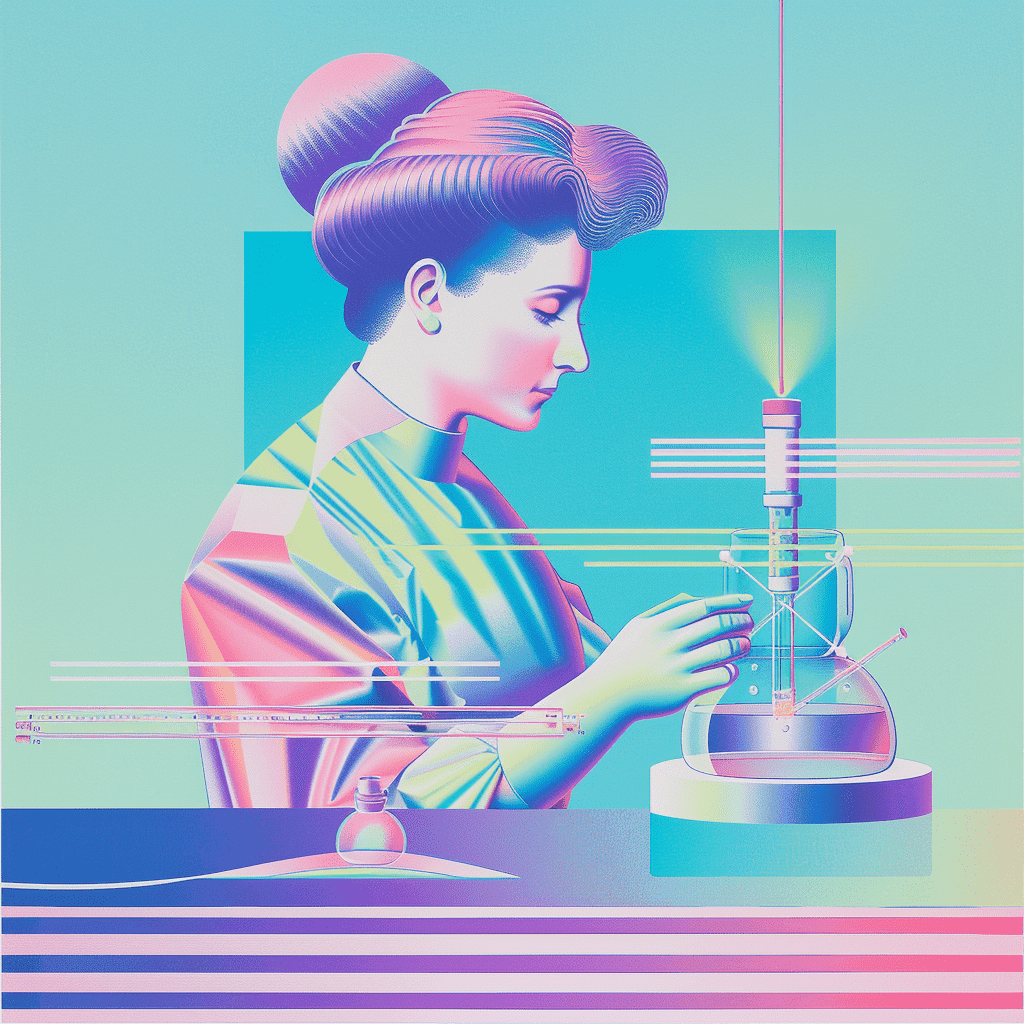Loading...
SAT/sphere SAT Blog
Marie Curie’s Nobel Prizes: Key Scientific Contributions for SAT Students
Marie Curie made history with her Nobel Prizes in physics and chemistry. Learn about her pioneering research on radioactivity and how it’s important for SAT science preparation.
November 8, 2024

November 8, 2024
Test Your SAT Knowledge
For which of the following fields did Marie Curie win her first Nobel Prize?
Continue Reading